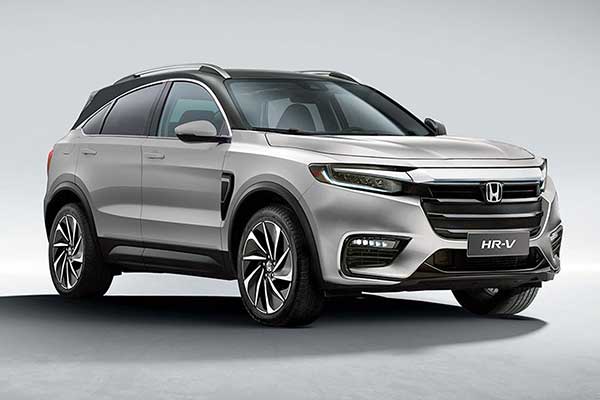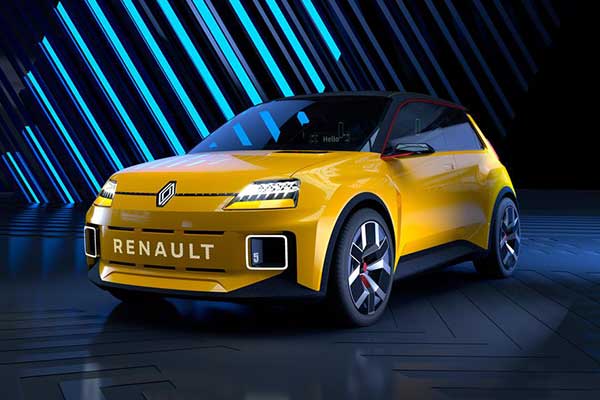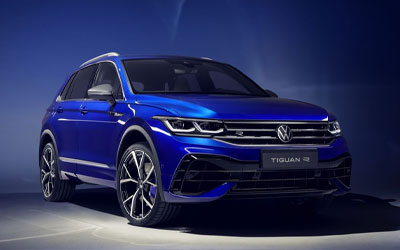In a world where climate change has become an undeniable reality, the automotive industry is undergoing a remarkable transformation. Hybrid cars have emerged as one of the prominent players in this green revolution, offering a promising solution to reduce carbon emissions and decrease our dependence on fossil fuels. But how do hybrid cars work? In this blog, we’ll delve into the intricacies of hybrid vehicle technology, shedding light on the mechanics behind these eco-friendly automobiles.
Hybrid Cars: A Blend of Power Sources
At the heart of a hybrid car’s functionality lies the fusion of two distinct power sources: a conventional gasoline engine and an electric motor. This combination allows hybrid vehicles to deliver superior fuel efficiency and reduced emissions compared to their traditional counterparts.
1. Regenerative Braking System
One of the key features that set hybrid cars apart is their regenerative braking system. When you apply the brakes, the electric motor switches to generator mode, converting kinetic energy into electrical energy. This energy is then stored in a battery for later use. By recapturing and reusing energy that would otherwise be lost as heat in traditional vehicles, hybrid cars significantly improve their overall efficiency.
2. Electric-Only Mode
Hybrid cars can operate in electric-only mode at low speeds or when cruising gently, relying solely on the electric motor. This feature reduces noise pollution and tailpipe emissions, making hybrid vehicles an eco-friendly choice for urban commuters. When the battery’s charge depletes, the gasoline engine seamlessly takes over to power the vehicle.
3. Parallel and Series Hybrid Systems
Hybrid cars come in two primary configurations: parallel and series hybrid systems.
– Parallel Hybrid: In this design, both the gasoline engine and the electric motor are connected to the transmission and can drive the wheels simultaneously or independently. The Toyota Prius is a popular example of a parallel hybrid.
– Series Hybrid: In a series hybrid, the gasoline engine serves solely as a generator to recharge the battery or provide additional power to the electric motor. The Chevrolet Volt is a well-known example of a series hybrid.
4. Smart Control Systems
Hybrid vehicles are equipped with sophisticated control systems that manage the transition between the gasoline engine and the electric motor seamlessly. These systems determine the most efficient power source based on factors like speed, load, and driver input, ensuring optimal performance and fuel economy.
5. Different Types of Hybrids
Within the realm of hybrid cars, there are different types, each with its unique advantages:
– Full Hybrid: These vehicles can operate on electric power alone or in combination with the gasoline engine. They’re highly fuel-efficient and offer the convenience of extended electric-only driving.
– Mild Hybrid: Mild hybrids use a smaller electric motor to assist the gasoline engine. They can’t operate on electric power alone but improve fuel efficiency by providing additional power during acceleration.
– Plug-In Hybrid: These hybrids have larger battery packs that can be charged from an external power source, such as an electrical outlet. This allows for longer electric-only driving ranges, making them a suitable choice for short commutes.
In conclusion, hybrid cars are a remarkable solution to combat climate change and reduce our carbon footprint. By seamlessly combining gasoline and electric power sources, implementing regenerative braking, and utilizing advanced control systems, these eco-friendly vehicles are making significant strides in the automotive industry. As environmental consciousness continues to grow, hybrid cars are likely to play an even more significant role in our transportation landscape, offering a greener and more sustainable future for all.





